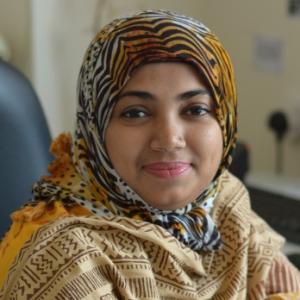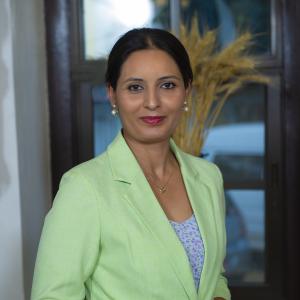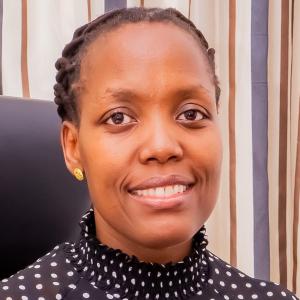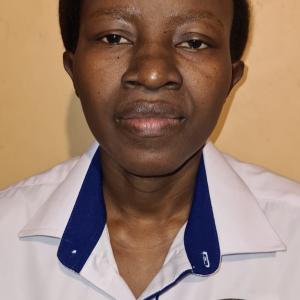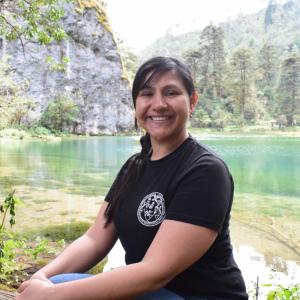Introducing the 2024 OWSD Early Career Fellows
Fifteen women from the developing world have been awarded OWSD Early Career Fellowships, supporting them to establish international-level research centers at institutions across the Global South.
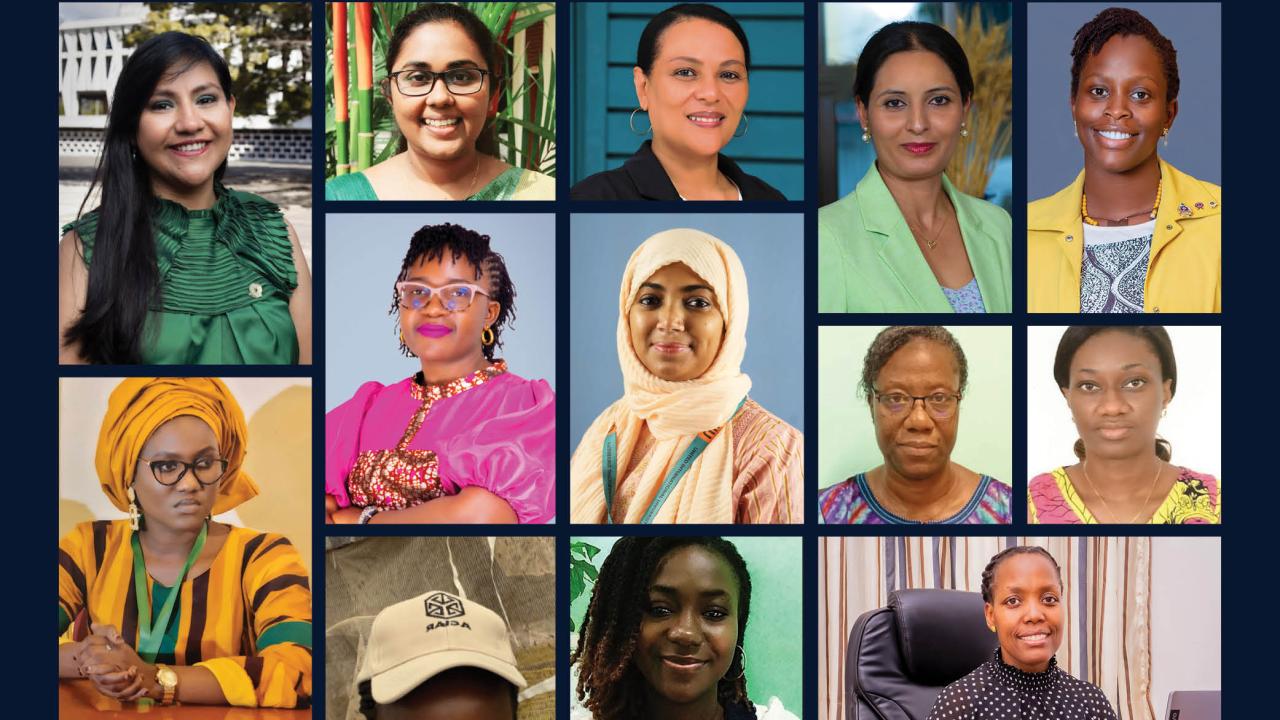
OWSD is pleased to announce the 15 women who have been granted the 2024 Early Career Fellowship. These scientists will receive up to USD 50,000 to lead research projects and establish research groups at their home institutions in 13 countries in the developing world, to maintain an international standard of research and attract scholars from all over the world to collaborate. Funding for the fellowships is generously provided by Canada's International Development Research Centre (IDRC).
During the 2-year fellowship, fellows will receive specific training to build on their leadership and management skills and develop connections with a variety of public and private sector partners to potentially convert their research into marketable products or guarantee its impact on a broader scale. By improving their communication and outreach skills, fellows will also learn to effectively present their research to various audiences, thus attracting new collaborators and potential funders to ensure the sustainability of the research project.
This year's fellows are working on projects that include using AI to find vulnerabilities in health and energy infrastructures in Tanzania, to helping preserve critical oak forests in Guatemala's mountain ranges, to developing antivenom to combat different kinds of snakebite in Nepal.
Meet all the 2024 Early Career fellows below.




